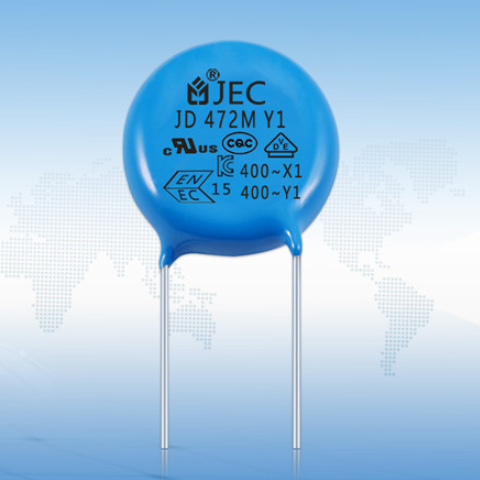Polarized Capacitors and Non-Polarized Capacitors are two different types of capacitors, and their main difference lies in whether they are polarized.
Polarized Capacitors: These capacitors typically use an electrolyte as the dielectric material and have one electrode as the positive (anode) and the other as the negative (cathode). When soldering them into a circuit, it is essential to ensure that the polarity is correct. The positive terminal must be connected to the higher potential side, and the negative terminal must be connected to the lower potential side. Reversing the polarity can be dangerous.
Common types of polarized capacitors include electrolytic capacitors and tantalum capacitors. Due to the presence of the electrolyte, polarized capacitors can withstand higher voltages and have higher capacitance and lower internal resistance. They are typically used in applications such as power filtering, bypass decoupling, and coupling.
Non-Polarized Capacitors: These capacitors, often using materials like metal oxide and polyester as the dielectric, do not have a distinct positive or negative terminal. They can be connected in either direction in a circuit. Components like safety capacitors, supercapacitors, and film capacitors fall under this category.
Non-polarized capacitors are compact, cost-effective, and have good high-frequency characteristics. They are typically used in circuits for coupling, decoupling, feedback, compensation, oscillation, and more.
Polarized capacitors and non-polarized capacitors each have their unique characteristics and application areas, and the choice between them depends on the specific requirements of the application.
This article is provided by JYH HSU Electronics, a manufacturer of electronic components such as capacitors and resistors.
Post time: Oct-18-2023

